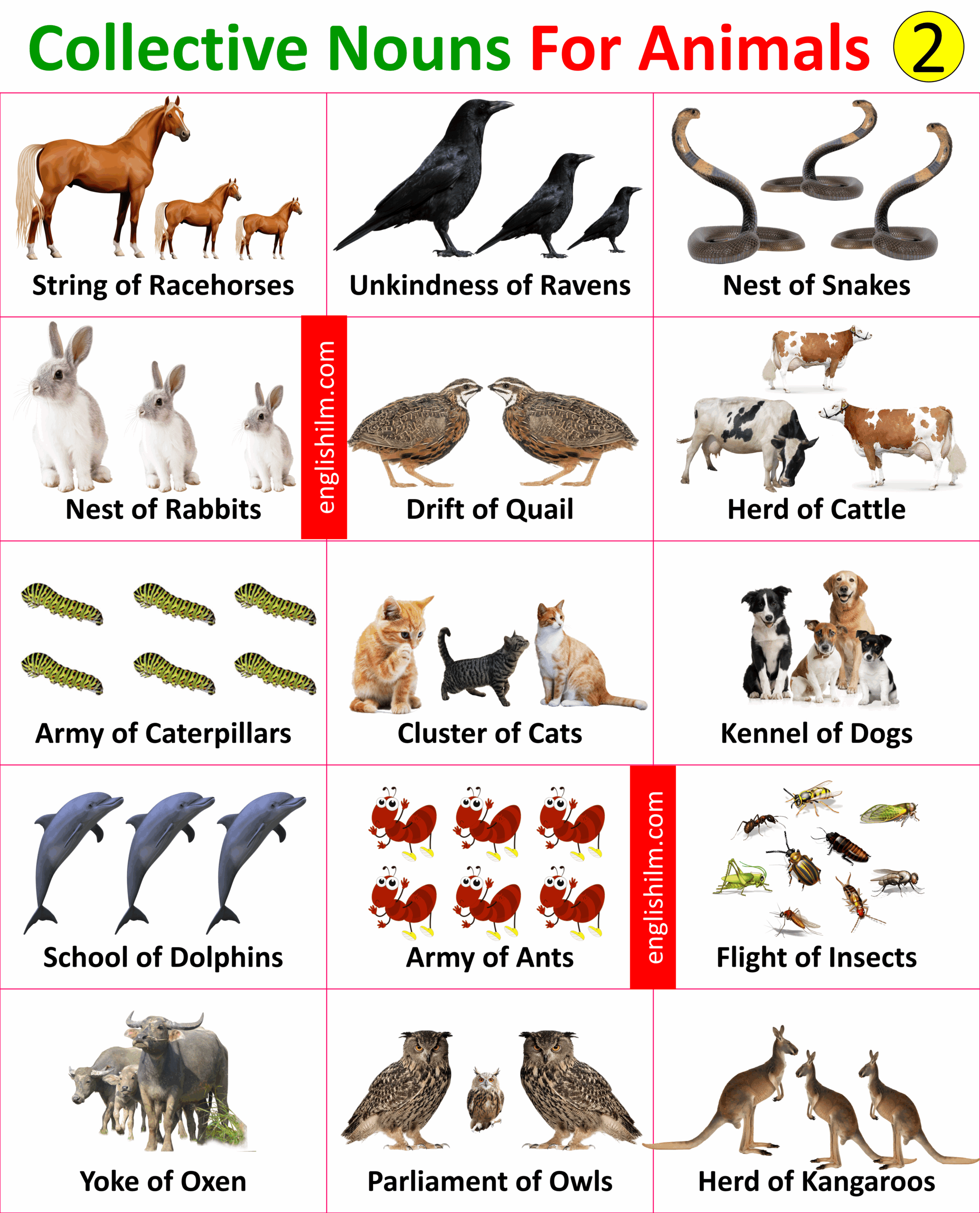Animals come in all shapes and sizes, each with their own unique characteristics and behaviors. One interesting aspect of the animal kingdom is the concept of groups of animals called by different names. From a murder of crows to a pod of whales, these collective nouns add an element of charm and curiosity to the world of animals.
These group names are not just random words, but often have historical or cultural significance. They offer a glimpse into the way humans have observed and interacted with these animals over time, giving us a deeper understanding of their social structures and behaviors.
One well-known group of animals called is a pride of lions. Lions are known for their social nature and strong family bonds, living in groups called prides. These prides are typically made up of several related females and their offspring, along with a few adult males. The females work together to hunt and care for their young, while the males protect the pride’s territory.
Another fascinating example is a troop of monkeys. Monkeys are highly social animals that live in groups called troops. These troops can vary in size and composition, with some consisting of just a few individuals and others numbering in the hundreds. Within a troop, there is a complex social hierarchy that dictates behaviors such as grooming, feeding, and mating.
One of the most iconic group names is a pack of wolves. Wolves are known for their strong sense of teamwork and cooperation, hunting in packs to take down larger prey. A wolf pack is typically led by an alpha pair, who are the dominant male and female, with other members of the pack following their lead. This social structure helps ensure the survival and success of the pack as a whole.
From a pod of dolphins to a herd of elephants, the animal kingdom is filled with fascinating examples of group names that reflect the unique characteristics and behaviors of different species. These collective nouns offer a window into the complex social dynamics and relationships that exist within animal populations, highlighting the importance of cooperation and collaboration for survival.
In conclusion, group names for animals add an extra layer of intrigue and wonder to the natural world. They remind us of the diversity and complexity of life on Earth, showcasing the many ways in which animals have evolved to thrive in their environments. Next time you come across a group of animals, take a moment to appreciate the unique name that captures their essence and history.
